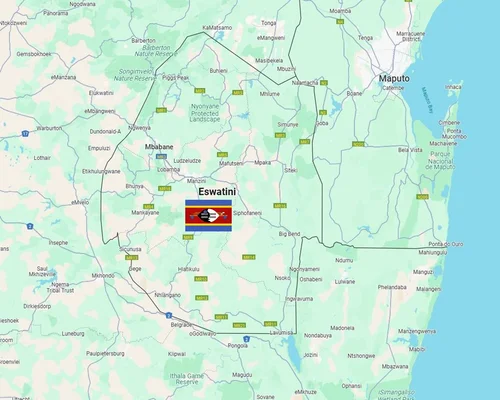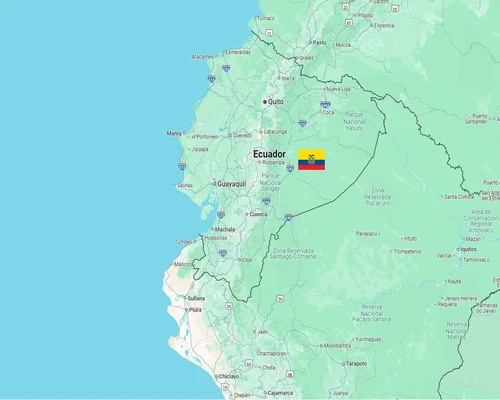
Facts about Belarus
Facts about Belarus
Here are some important facts about Belarus:
General Information:
Location:
Belarus is located in Eastern Europe and is a landlocked country. It is bordered by Lithuania and Latvia to the north, Russia to the east, Ukraine to the south, and Poland to the west.
Capital:
The capital of Belarus is Minsk. It is the country largest city and the administrative and economic center.
Total Area:
Belarus has an area of approximately 207,600 square kilometers, making it one of the largest countries in Europe.
Population:
The population of Belarus is approximately 9.3 million (as of 2023).
Languages:
The official languages are Belarusian and Russian. Russian is the most widely spoken language.
Currency:
The currency of Belarus is the Belarusian ruble (BYN).
Religion:
Most people are Christians, mainly Eastern Orthodox. There are also Catholics and people of other faiths.
Political system:
Belarus is a republic, but it has long been under a single-party system. Alexander Lukashenko has served as president since 1994.
History:
Early history:
Belarus was once part of the ancient state of Kievan Rus. It later came under the rule of the Polish–Lithuanian Commonwealth and the Russian Empire.
Soviet era:
Belarus became a member state of the Soviet Union in 1922 and was known as the Belarusian Soviet Socialist Republic.
Independence:
After the collapse of the Soviet Union, Belarus gained independence on August 25, 1991.
Impact of World War:
Belarus suffered extensive destruction during World War II. It was occupied by Nazi Germany and lost about 25% of its population during the war.
Natural beauty and geography:
Land and forests:
Belarus has extensive forests, covering about 40% of the country area. It is famous for its nature reserves and national parks.
Landlocked:
Belarus is a landlocked country, but it has many rivers and lakes, such as Lake Naroch and the Dnieper River.
Weather:
Belarus has a continental climate, with snowfall in winter and warm weather in summer.
Economy:
Industry and agriculture:
Belarus is an industrial and agriculturally dependent country. Its main industries are machinery manufacturing, chemicals, and petroleum processing. The agricultural sector produces potatoes, wheat, and dairy products.
Tractor production:
Belarus is famous for its high-quality tractors and heavy machinery exports. The Belarusian Tractor Works is a major enterprise.
Recent crises:
The country economy has faced financial challenges at various times due to its state-controlled economy. Sanctions by the European Union and Western countries have affected its economy.
Culture and society:
Literature:
Belarusian literature is notable for Yanka Kupala and Yakub Kalash, who reflect patriotism and rural life.
Folk culture:
Belarusian traditional dances, songs, and costumes are an important part of the country culture. The bishuya costume is a traditional Belarusian costume.
Festivals:
Maslenitsa and Kupala are important traditional festivals in Belarus, celebrating the changing of the seasons.
Sports:
Hockey and football are popular in Belarus. The country has also achieved international success in gymnastics.
Notable features:
Chernobyl impact:
The Chernobyl nuclear disaster in 1986 severely damaged southern Belarus. This has caused long-term environmental and health problems.
World Heritage Site:
The UNESCO-designated Bialowieza Forest in Belarus is a major heritage site, a remnant of the ancient European forests.
Transit Hub:
Belarus serves as an important transit route between Europe and Russia.
Belarus is known for its natural beauty, traditional culture, and political history. Although the country has faced various challenges, its people have retained their traditions and identity.



























